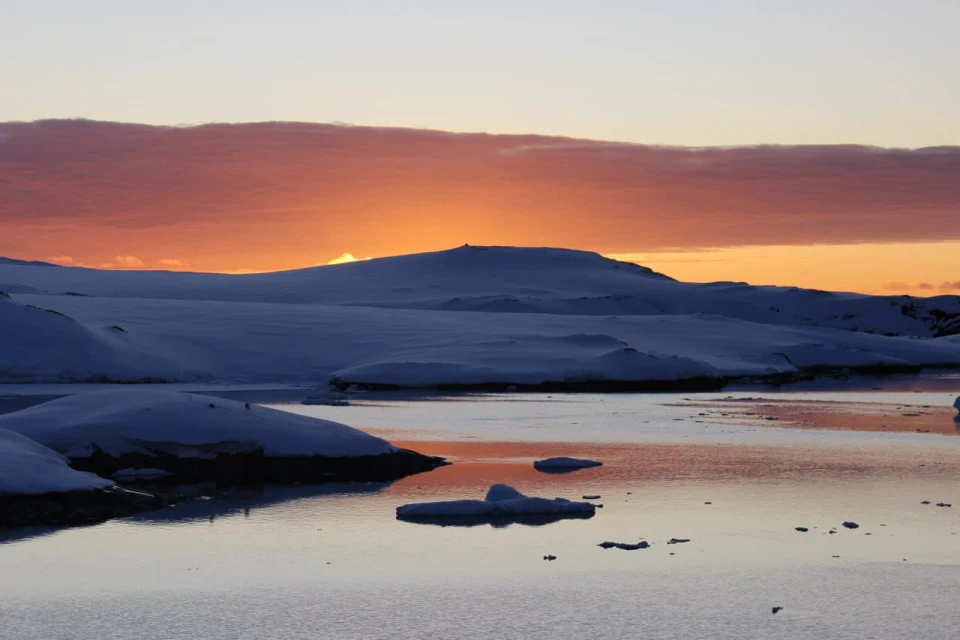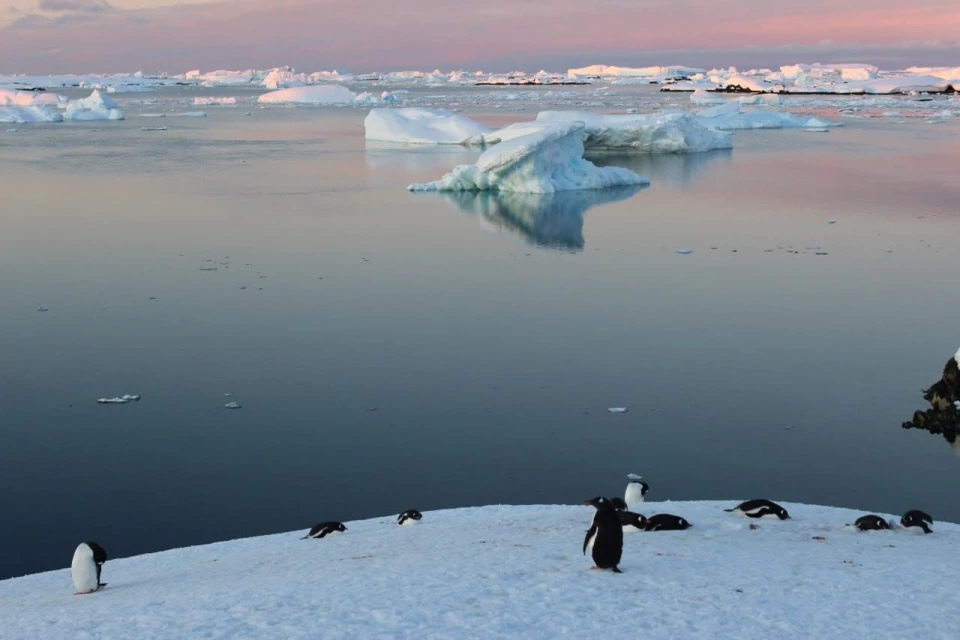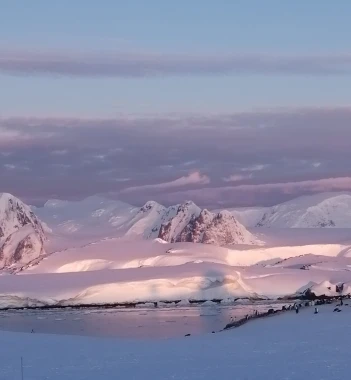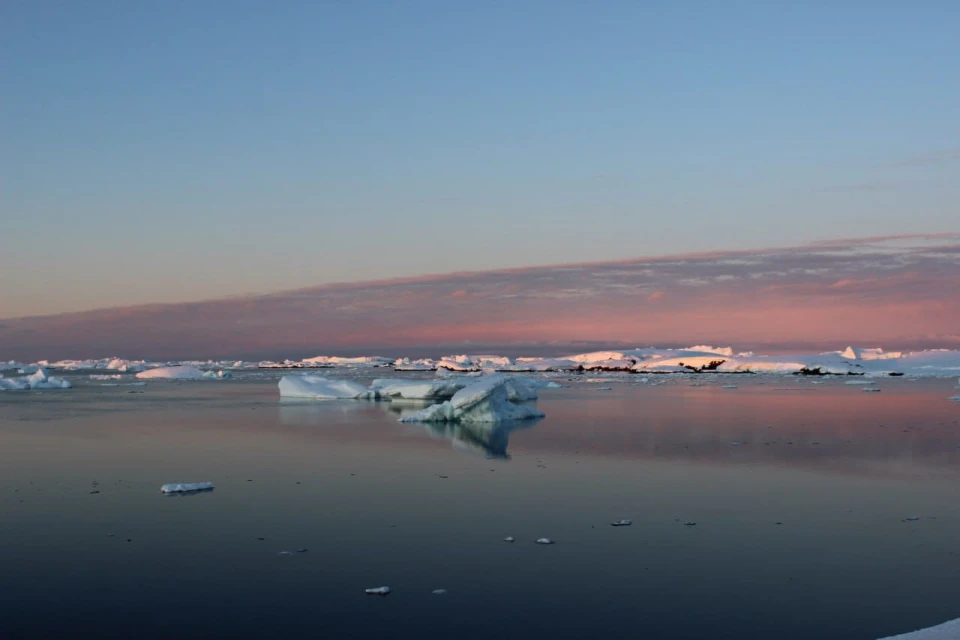
Ukrainian employees of the Akademik Vernadsky station showed footage of “white nights” in the Antarctic. It is late spring and a very long day in the station area.
This was reported by the National Antarctic Research Center.
It is noted that in Antarctica, daylight hours are now 19 hours and 32 minutes, and their duration is increasing.
According to the scientists, the longest day at Vernadsky will be December 21, which is the summer solstice in the Southern Hemisphere. It will last 22 hours, 24 minutes and 42 seconds (December 22 will be only 1 second shorter). Instead of night, it will be dusk for 1.5 hours.

“Since our station is located north of the Arctic Circle, the phenomenon of the aurora borealis, the period when the sun does not set over the horizon for more than a day, is not observed here. For comparison, at the South Pole, the duration of the polar day is as long as 184 days,” the polar explorers said.
They also described how the station’s employees respond to such conditions.
“Yes, we have to close the windows at night and celebrate the New Year in the daylight. But after the Antarctic winter, the sun and bright daytime landscapes definitely improve the mood. The long daylight hours also add to the work of meteorologists, especially when the sky is clear. Then scientists use a special device – the Microtops aerosol solar photometer – to measure the concentration of aerosols in the atmosphere every hour,” the researchers say.

Thanks to this, they find out how the amount of suspended particles in the atmosphere changes over a day, week, and month. This is important because such seemingly small aerosols play a huge role in shaping the weather and climate. Based on these measurements, climate models are then created not only for the polar regions, but also for the entire Earth.

When the weather is good, summer is also the “hot season” for ozonometrists.
“When the sky is clear, there are so many ozone measurements to be made that the scientist hardly ever leaves the ozone office located in the attic. And if there are no clouds at sunset or sunrise, the researcher won’t have to sleep. Then the ozonomist conducts special Umker measurements, which make it possible to build a vertical profile of ozone distribution in the atmosphere,” the polar explorers said.
Sunny weather and long days bring both joy and a lot of work to the polar explorers.

